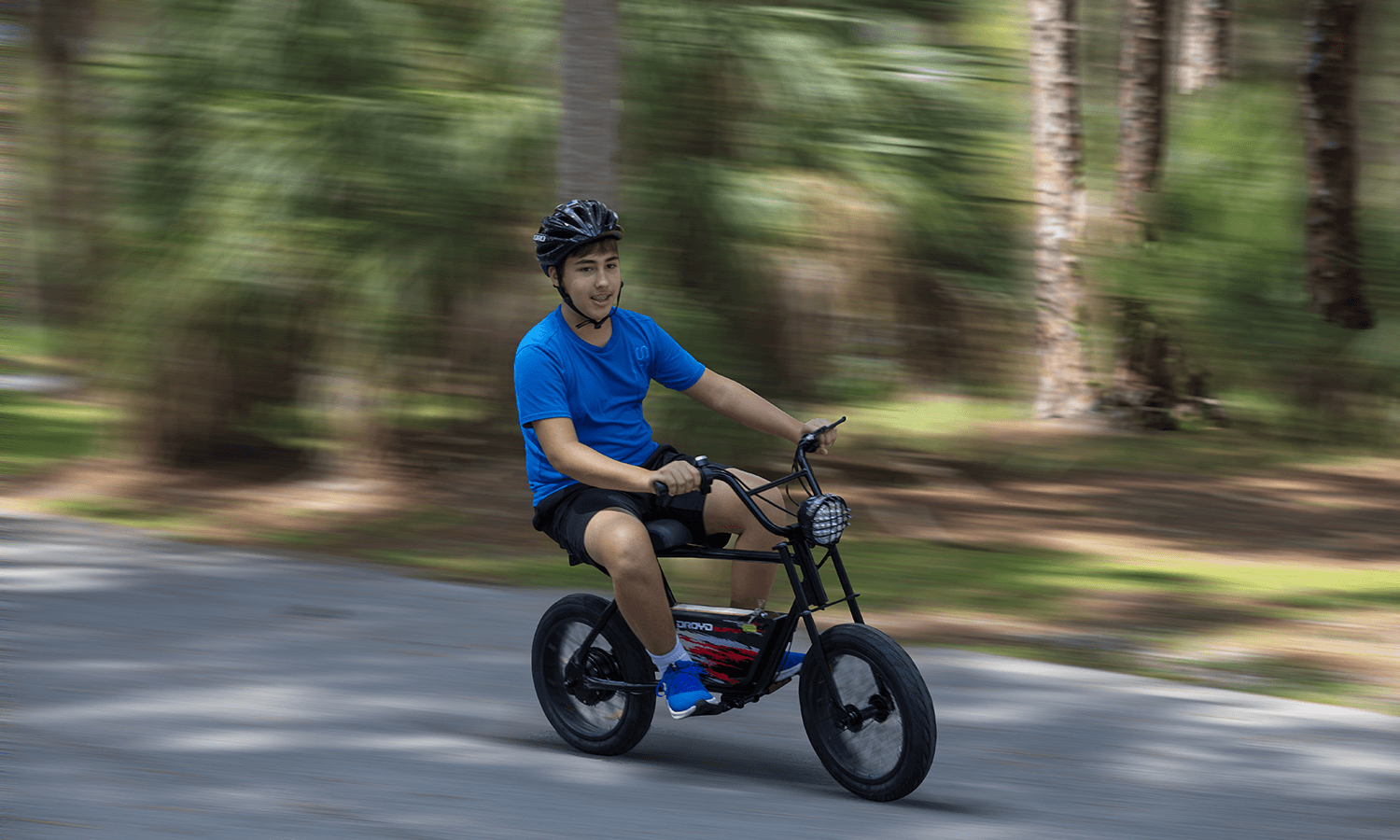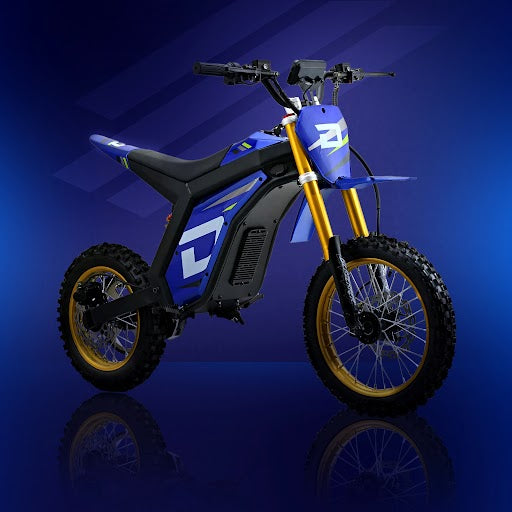Shop Black Friday!

Electric Bike Laws Explained: Rules And Regulations By State
Posted on
Electric bikes are transforming the way people commute, explore, and enjoy outdoor adventures. However, riding them comes with responsibilities, and understanding electric bike laws is an important step for every rider. These laws, which vary by state, cover classifications, speed limits, helmet requirements, and more. Knowing the specific rules in your area ensures that your e-bike experience is safe, enjoyable, and compliant.
What Defines an Electric Bike?
An electric bike, commonly referred to as an e-bike, is a bicycle equipped with a motor that assists the rider's pedaling or provides propulsion. States often classify e-bikes into three categories. Class 1 bikes assist only when pedaling and stop assisting at 20 mph. Class 2 models offer throttle-based assistance but also stop at 20 mph. Class 3 bikes assist up to 28 mph but require active pedaling. These classifications allow states to set consistent regulations for where and how e-bikes can be used.
Why Classifications Matter
Classifications play a key role in defining where you can ride an e-bike and which safety measures apply. Most states treat Class 1 and 2 bikes like traditional bicycles, allowing them on bike paths and shared-use trails. Class 3 bikes, being faster, are often restricted to roads and bike lanes. If you use your e-bike for commuting, recreational trails, or urban travel, it's important to know the classification rules in your state to avoid unexpected restrictions.
Helmet Requirements and Age Limits
Helmet laws and age restrictions vary across the country. In many states, helmets are required for younger riders, typically under 16. Some states extend these requirements to riders on Class 3 e-bikes, regardless of age. Although helmets might not always be legally mandated, wearing one is highly recommended to reduce the risk of injury. Certain states also impose minimum age limits for operating e-bikes, with restrictions more common for higher-speed Class 3 models.
Licensing and Registration
Licensing and registration requirements for e-bikes depend on how states classify them. Many states that adopt the three-tier system exempt e-bikes from these obligations, treating them similarly to traditional bicycles. However, a few states, such as Alaska and Massachusetts, classify e-bikes as motorized vehicles, requiring riders to have a license and register their bike. Before riding, it’s important to verify if such requirements apply in your area.
Speed and Motor Limits
Federal guidelines recommend that e-bikes have a motor output of 750 watts or less and a maximum speed of 20 mph under motor power alone. Many states align their regulations with these standards, though some permit higher-powered e-bikes, such as those with 1000-watt motors. Riders should always adhere to posted speed limits and be aware of local rules, especially when riding on shared-use paths or in urban areas.
Where You Can Ride an E-Bike
The accessibility of e-bikes varies widely by location. In many states, Class 1 and 2 bikes are allowed on bike paths and trails alongside traditional bicycles, while Class 3 bikes may be restricted to streets and bike lanes. Federal lands, including national parks, have adopted policies allowing e-bikes on trails where traditional bikes are permitted, though specific restrictions may still apply. Riders should always check local regulations and trail guidelines to confirm where e-bikes are welcome.
Safety and Shared Responsibility
Riding an e-bike involves being mindful of others on the road and trails. Visibility is a key aspect of safety. Riders should wear bright clothing and use lights when riding in low-light conditions. Following local traffic laws, signaling turns, and yielding to pedestrians can enhance safety for everyone. Responsible riding habits also help foster a positive perception of e-bike users in the community.
Why Understanding E-Bike Laws is Important
At Droyd, we recognize the growing popularity of e-bikes and the importance of staying informed about the rules that govern their use. By offering a clear understanding of e-bike classifications, safety practices, and regulations, we aim to support riders in making confident and lawful choices. If you have any questions or need assistance finding the right e-bike for your needs, don’t hesitate to contact us.







